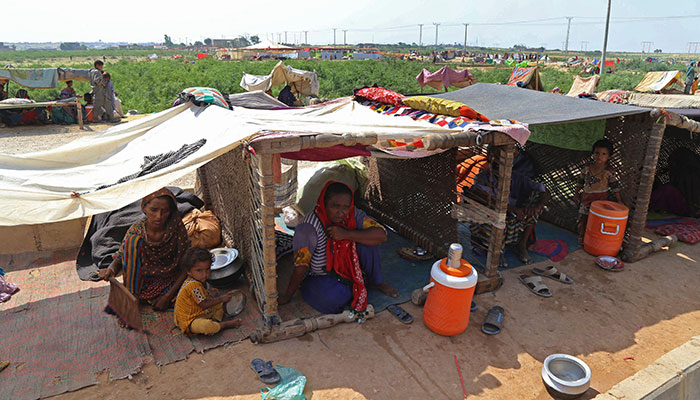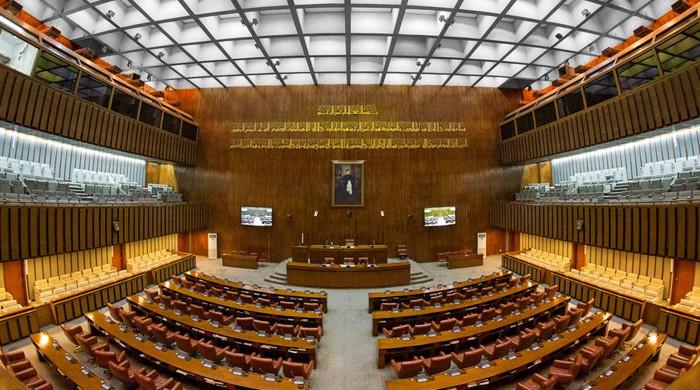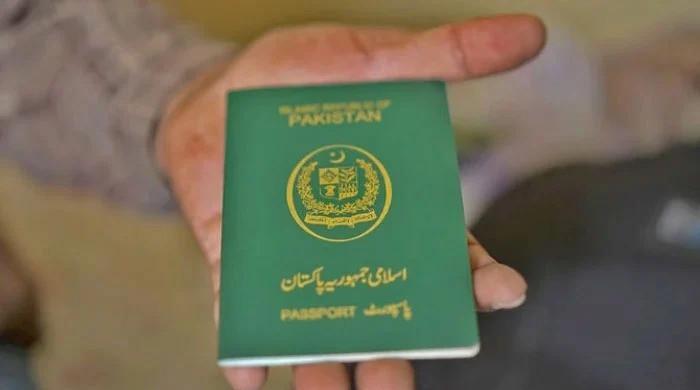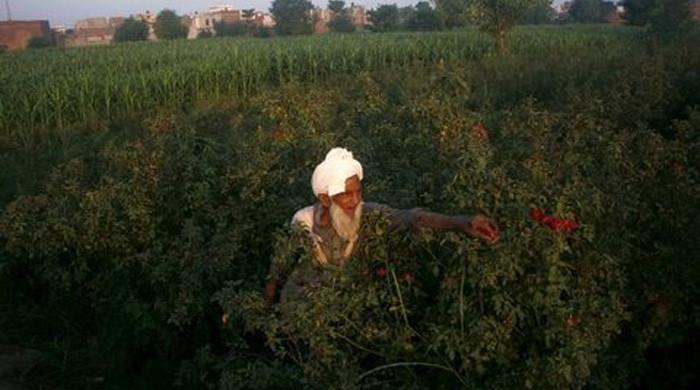Misery in flood-hit Sindh to continue as PMD forecasts more rains
While the relief and rehabilitation process continues, many areas still have people trapped in water and suffering from dengue and skin diseases
September 13, 2022

- Many flood-hit areas still have people trapped in water.
- Flood victims suffer from dengue and skin diseases.
- PMD forecasts more rain in upper Sindh, most of which is already under water.
Pakistan Meteorological Department (PMD) on Tuesday forecast another spell of rains in Sindh in continuation of the existing monsoon season, not long after Pakistan took a break from the torrential rains causing severe flooding across the country.
As per the Met department, a low-pressure system located in Indian state of Gujrat has integrated into another low-pressure system present in Central India. The rain-producing system is likely to cause more precipitation in areas of upper Sindh — many of which are already under water and bearing the brunt of catastrophic floods — till September 15.
The areas likely to receive rain include Tharparkar, Umarkot, Mirpurkhas, Hyderabad, Tando Allahyar, Matiari, Jamshoro, with showers accompanied by windstorms in Sanghar, Badin, Khairpur, Thatta and Tando Muhammad Khan.
Pakistan is currently reeling from the havoc caused by the catastrophic floods, largely depending on aid from international organisations and friendly countries for relief and rehabilitation.
The devastating floods caused by record monsoon rains and glacial melt in northern mountains have affected 33 million people and killed almost 1,400, sweeping away homes, transport, crops and livestock in damage estimated at $30 billion.
While more rains are on the way, victims in flood-hit areas of Sindh — with or without shelter — are feared to be at risk of being hit by another episode of misery.
The outbreak of water and vector-borne diseases has intensified in the flood affected areas, with two girls dying of gastrointestinal disease in Khairpur. Meanwhile, four children drowned in floodwaters in Qambar and Maher.
Over in Thatta, Sujawal and Makli, flood affectees in roadside makeshift camps await relief.
Though Pakistan Army continues its rescue efforts in affected areas, there are many locations where people are still trapped in water and suffering from dengue and skin diseases.
The death toll from the cataclysmic floods in Sindh has topped 621. The province received 466% more rain than average and all the flood waters roll through Dadu, which has a population of 1.5 million.
Restoration of road, power infrastructure continues
The process of restoration and road infrastructure in the flood affected areas is underway on an emergency basis as per the special directives issued by Prime Minister Shehbaz Sharif, Radio Pakistan reported.
The premier is personally monitoring the restoration work and viewing reports submitted to him on a daily basis.
Meanwhile, the operational sections of Gawadar-Ratodero Motorway M-8 have been opened for traffic after clearing the landsliding at Wangu Hills place. Moreover, the Timergara-Bajaur transmission line has also been restored while the Bajaur and Munda Grid Stations conduct operations as per routine.\











